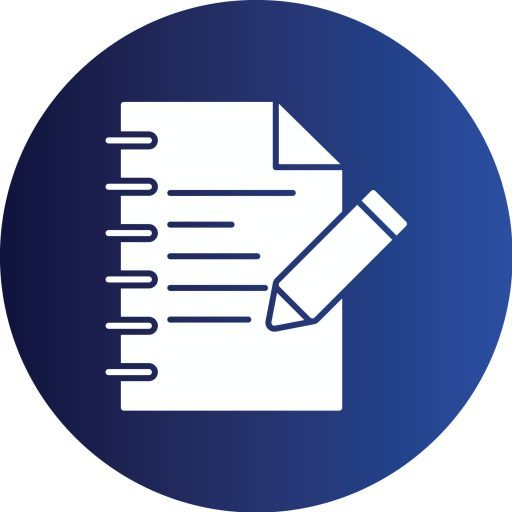There can be pitfalls in doing business in a foreign country, from culturally inappropriate hugging to accidental obscene hand gestures. By researching and understanding the culture of a foreign country, you can better prepare yourself and your team to avoid mistakes and leverage cultural protocols to your advantage.
In this assignment, you will demonstrate your knowledge of cultural competence from this week’s module resources to compare the culture of the United States with the culture of the country you chose in Milestone One. You will show how doing business can be very different from one country to another.
Directions
Use the Module Two Assignment Template, which is linked in the What to Submit section below, to create a cultural comparison guide between the country you selected for your course project and the United States. In Part One of the template, you will identify common information, including the cultural background and business etiquette for both countries. In Part Two of the template, you will identify the six dimensions in the Hofstede model of national culture for both countries. In Part Three of the template, you will draw conclusions on how doing business in the country you selected will differ from doing business in the United States and provide tips for individuals doing business in your selected country.
Specifically, you must address the following rubric criteria:
Part One: Common Information for Each Country
Basic Country Facts: Identify government types, languages, and religions for both countries.
Business Etiquette: Identify common business etiquette in both countries (for example, how to greet men and women, negotiating styles, and acceptable business attire).
Tips for Doing Business: Identify three tips you would give to those individuals doing business in the non-U.S. country you selected. Tips could be about behaviors to avoid, such as things as innocent as posture or body language, attitudes regarding punctuality, or approaches to business.
Part Two: Hofstede Model of National Culture
Cultural Dimensions: Identify and examine the six dimensions in the Hofstede model of national culture for both countries.
Part Three: Conclusions
Conclusions: Identify any significant differences in scores between the two countries and provide conclusions on the impact of the differences.
What to Submit
Submit your completed Module Two Assignment Template as a Microsoft Word document. Sources should be cited according to APA style.
Module Two Assignment Rubric
CriteriaExceeds Expectations (100%)Meets Expectations (85%)Partially Meets Expectations (55%)Does Not Meet Expectations (0%)ValueBasic Country FactsExceeds expectations in an exceptionally clear, insightful, sophisticated, or creative mannerIdentifies government types, languages, and religions for both countriesShows progress toward meeting expectations, but with errors or omissions; areas for improvement may include providing additional information when identifying government types, languages, and religions for both countriesDoes not attempt criterion10Business EtiquetteExceeds expectations in an exceptionally clear, insightful, sophisticated, or creative mannerIdentifies common business etiquette in both countriesShows progress toward meeting expectations, but with errors or omissions; areas for improvement may include providing additional business etiquette examples for both countriesDoes not attempt criterion20Tips for Doing BusinessExceeds expectations in an exceptionally clear, insightful, sophisticated, or creative mannerIdentifies three tips to give to those individuals doing business in the selected non-U.S. countryShows progress toward meeting expectations, but with errors or omissions; areas for improvement may include identifying tips that would prove more helpful to those individuals doing business in the selected non-U.S. countryDoes not attempt criterion20Cultural DimensionsExceeds expectations in an exceptionally clear, insightful, sophisticated, or creative mannerIdentifies and examines the six dimensions in the Hofstede model of national culture for both countriesShows progress toward meeting expectations, but with errors or omissions; areas for improvement may include providing information for all six dimensions for both countriesDoes not attempt criterion10ConclusionsExceeds expectations in an exceptionally clear, insightful, sophisticated, or creative mannerIdentifies any significant differences in scores between the two countries and provides conclusions on the impact of the differencesShows progress toward meeting expectations, but with errors or omissions; areas for improvement may include providing additional differences between both countriesDoes not attempt criterion20Clear CommunicationExceeds expectations with an intentional use of language that promotes a thorough understandingConsistently and effectively communicates in an organized way to a specific audienceShows progress toward meeting expectations, but communication is inconsistent or ineffective in a way that negatively impacts understandingShows no evidence of consistent, effective, or organized communication10Citations and AttributionsUses citations for ideas requiring attribution, with few or no minor errorsUses citations for ideas requiring attribution, with consistent minor errorsUses citations for ideas requiring attribution, with major errorsDoes not use citations for ideas requiring attribution10Total:100%

